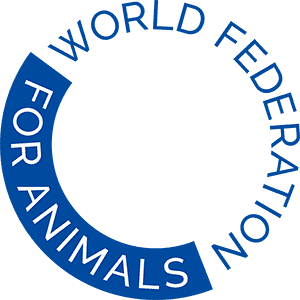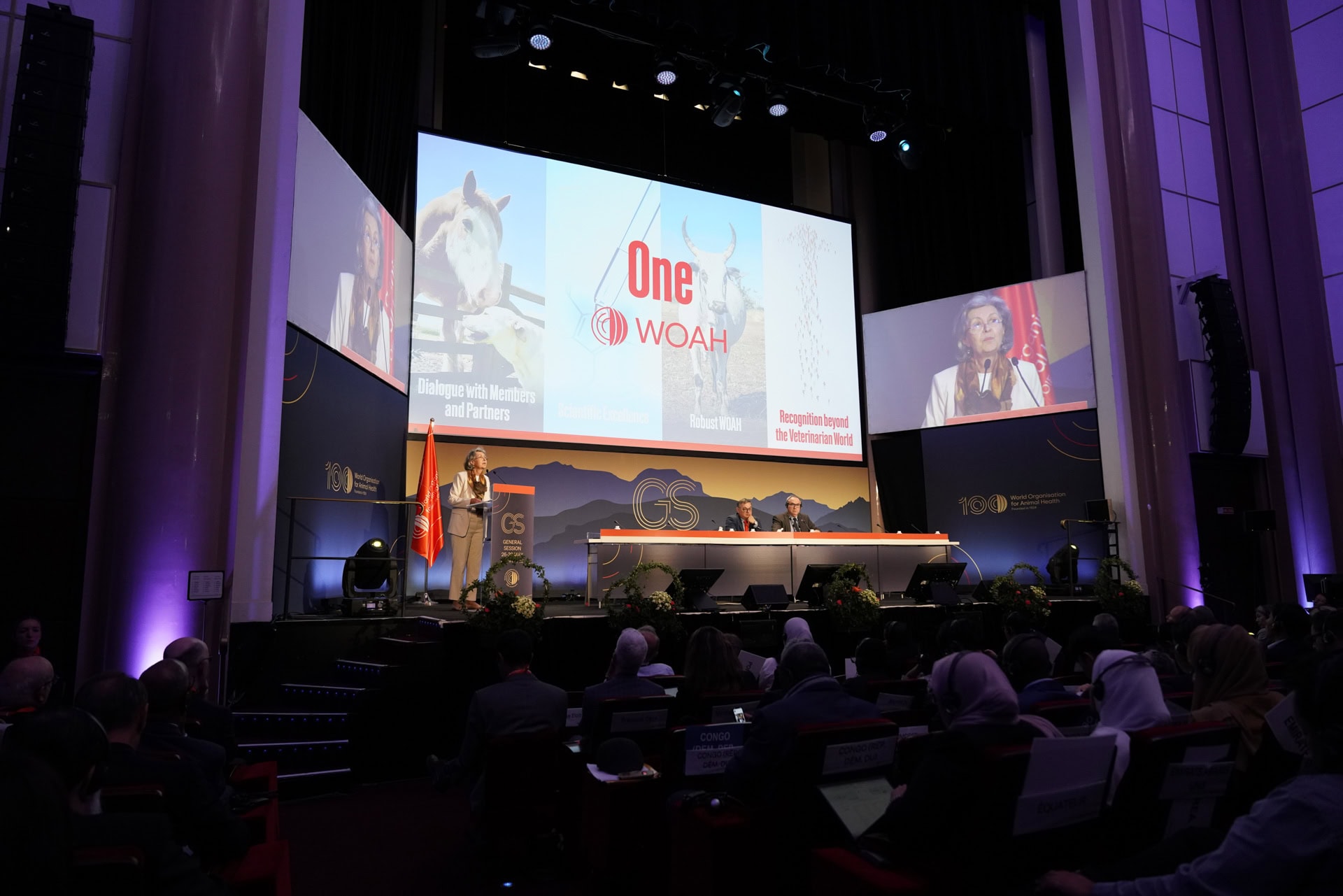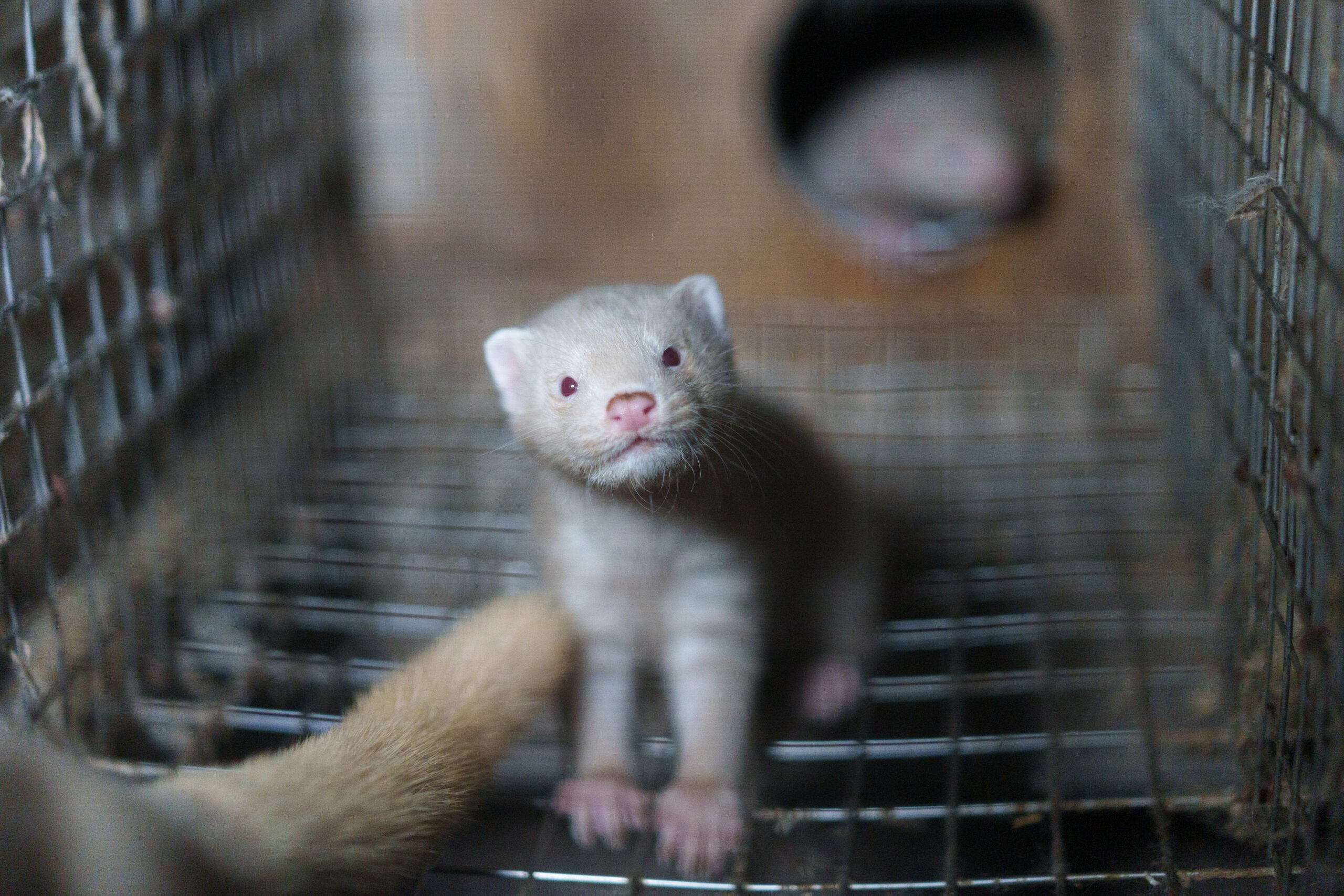“In the pursuit of meaningful outcomes, it is essential to maintain a composed and focused approach. To foster innovation and forward-thinking, we must step outside the confines of conventional solutions. Thinking outside the box will enable us to address challenges creatively and proactively”
Co-chairs of the Intergovernmental Negotiating Body (INB) bureau developing an international pandemic instrument in its sixth meeting (INB 6).
The progress made during INB 6 has ignited hope for a more resilient future in pandemic prevention and preparedness.
On Equity & Solidarity
During the INB 6, a point of discussion revolved around advancing equity and solidarity throughout all the pandemic phases, including pre-pandemic times. While the role of equity and solidarity in the negotiations has been contentious, there has been commendable progress in understanding it. From being viewed merely as an inclusive approach to correcting historical neglect faced by certain communities and countries, there has been a significant shift in perspective. Now, participants recognise the importance of a deeper and more detailed examination of how and when these principles are applied.
The significance of these principles extends far and wide, with their most significant impact felt in prevention. Prevention measures can protect all individuals, ensuring equal care and safeguarding for everyone. On the other hand, uneven distribution of mitigation strategies, like vaccine roll-out, can exacerbate disparities among different groups, as witnessed during the COVID-19 pandemic. As the implementation moves downstream, the variations in outcomes become more significant. Prioritising prevention efforts, therefore, becomes essential in upholding the values of solidarity and equity most effectively.
Emphasizing One Health & Prevention
During the negotiations, the INB participants’ endorsed the One Health approach as a robust pillar of health. This approach was hailed as a cooperative strategy that recognises the interconnections between people, animals (both domestic and wild), and the environment in disease emergence. “We need to listen to scientific evidence which shows these interlinkages“, emphasised a Member State representing an informal group, “Friends of One Health”. Furthermore, One Health was seen throughout the meeting as a powerful tool to promote equity, foster international coordination and cooperation, ensure multi-sectoral and multidisciplinary alignment, and create opportunities to implement the whole-of-government-whole-society approach.
Though there is a growing consensus among member states on the critical importance of One Health in this instrument, some hesitations remain. These hesitations are largely due to perceived challenges such as coordinating across various sectors, aligning policies, and securing financing. However, the benefits of One Health outweigh these challenges. To accelerate its acceptance and adoption, sharing concrete examples of successful implementation, real-life applications, and tangible social and economic benefits is imperative.
Most INB participants recognized prevention’s significance as the first pillar of the Prevention, Preparedness, and Response (PPR) Pathway. Such emphasis on prevention aligns with the approach to prevent zoonotic spillover by the One Health High-Level Expert Panel and offers the most effective strategy to protect against future pandemics.
As human beings, we often tend to focus on downstream solutions rather than addressing the root causes. Instead of fixing the leak on a leaking boat, humans are more likely to grab buckets and start bailing out water even though fixing the leak will solve the problem at the root. Prevention is better than cure, and it is essential to prioritise preventive measures to avoid future crises effectively.
Looking Ahead
The upcoming two months are critical as the INB continues informal consultations to discuss the articles related to pandemic prevention and the use of a One Health approach. The resulting draft will hopefully be shared for its seventh meeting. During this period, it is essential to stress the need to move beyond surveillance and tackle the root causes of pathogen spillover from animals to humans. Breaking free from traditional silos and embracing cross-sector collaboration, while realigning policies will be crucial. Viewing One Health as a valuable investment in humanity’s future is essential.
In embodying the co-chairs’ words, we must remember that prevention transcends conventional, reactive, and linear solutions. It embodies forward-thinking, proactively averting risks before they even arise.
The progress made by the INB is palpable; this collaborative process has united nations from all corners of the globe and diverse sectors to develop an instrument that will protect the world against any future pandemic. In the spirit of ensuring collective effort and effective cooperation, some member states have highlighted the value of incorporating technical inputs from non-state actors. As such, there is a call for the INB to open future sessions to allow more active participation. This inclusive approach recognises that a safer and more resilient global health landscape can only be achieved through collaboration and cooperation between various stakeholders.





